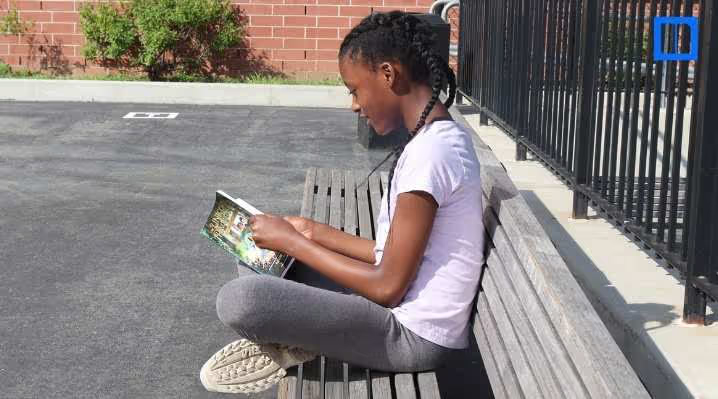Growing up as a military kid, I moved a lot and attended schools across the country, from North Carolina to Hawaii. While my experience at every school differed, one commonality was how we were taught many subjects with the “sit and get” approach. I specifically remember lessons about Black history, where teachers told me what history was, I internalized it, memorized it, and barely questioned it. The narrative often began with enslavement and moved through the various plights of Black people in America. Omitted from the lesson was the breadth of the Black experience, such as: Black musicians, like Sister Rosetta Tharpe or Bobby Jones and the Nashville Super Choir whose influences are found in Rock & Roll and Gospel, or Black writers and poets, like James Baldwin or Zora Neale Hurston whose voices defined generations.
Today’s inquiry based learning approach to social studies–a growing trend and requirement in many places–allows students to question what they are learning, celebrate diverse narratives, and become historians themselves to uncover answers to compelling questions in their own ways.
As a member of the Newsela team, I’m delighted to see all the ways teachers are using inquiry in their classrooms. Below, I’ve compiled a few tips from educators who use Newsela to allow students to investigate all aspects of Black history and culture.
Encourage student-led learning with Newsela when teaching Black history
1. Start with compelling questions that help students create their own paths of discovery.
Newsela’s Black U.S. History collection starts with what may seem like a basic question, “What is Black. U.S. History?” but it can allow students to pause and reflect on the full picture of the Black experience in America. From there students can explore questions like “Who Owns History?” and “What role has race played in American History?
2. Provide resources that center Black culture.
As they investigate and explore these compelling questions, students can dive into the art and culture of the time, not just the major historic moments or events, to help craft their answers. The opinion article entitled “Why Black culture thrives alongside rampant racism,” can help students make connections to how political struggles are expressed through art, and how art, in turn, influences history.
3. Let students experience the culture that influences history, don’t just read about it.
Reading about the art, literature, and music in Black history is a great first step, but experiencing it will help students make deeper connections. Students can explore “Being Seen - Black Artists and Writers” which contains poetry like “The Black Queen,” by Carrie Law Morgan Figgs and artworks from Jean-Michel Basquiat and Kara Walker in the article, “Visual art through the Black lens.” For me, exploring the works of James Baldwin, like Go Tell It on the Mountain, helped me discover a new lens through which to look at familial dynamics and spirituality in Black communities. Our history told by and for us through art and literature, opened up Black history to me in ways that weren’t available in my formal K-12 education. It can help students make connections to their own lives and find the answers to the compelling questions they’re being asked.
4. Discuss what students have learned.
After students have traveled through their paths of discovery and have answers to the compelling questions, create an environment for students to share what they’ve learned and hear from others. Newsela’s Celebrating Black History Month lessons can help structure discussions and activities in order for students to ground their learning in meaning and understanding.
There’s so much more available on Newsela’s Black U.S History collection that students and teachers can use to investigate Black history and culture year-round. To learn more about how Newsela Social Studies can be leveraged to implement inquiry in your classrooms, click here.
 Products Overview
Products Overview









.avif)


